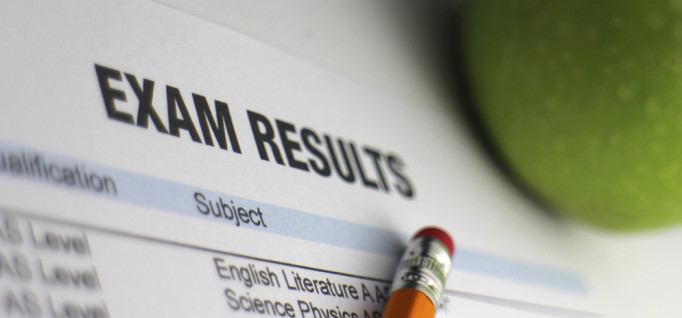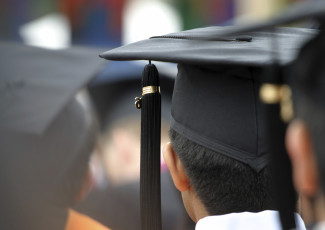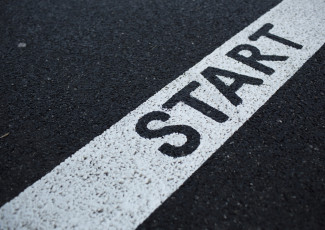Nation’s Report Card: Math and Reading in Need of Improvement
By AACC Staff
May 21, 2014
Despite efforts to improve the math and reading scores of students entering college, a nationwide assessment indicates high school seniors fail to demonstrate significant academic gains.
According to a popular national assessment, America’s twelfth-graders have not made significant progress in math and reading over the past four years, despite a renewed focus on college preparation.
The latest version of the National Assessment of Educational Progress (NAEP), often called the Nation’s Report Card, tracked math and reading test results for more than 92,000 high school seniors across 13 states. Researchers found that while math scores have ticked up slightly in the last decade (since 2005), little improvement has been made since 2009. Reading scores fared even worse, remaining nearly flat in that same period.
“Today’s 12th graders are performing no differently in mathematics and reading in 2013 than they did in 2009,” said David P. Driscoll, chair of the National Assessment Governing Board, when the report card was released earlier this month. “Achievement at this very critical point in a student’s life must be improved to ensure success after high school.”
By the numbers: Looking at the findings, it would appear that educators have their work cut out for them.
When it comes to math, the report shows that nearly three-quarters of the nation’s high school seniors scored below proficient.
Across the board, average math scores ticked up just three points, from 150 to 153, since 2005. Similarly, reading scores dropped by four points — from 292 to 288 — between 1992 and 2009 but have remained nearly unchanged since then.
Against the competition: Despite calls from President Obama and other national leaders to boost the performance of U.S. students, the NAEP findings seem to underscore the most recent data coming out of the Organisation for Economic Co-operation and Development, which indicate that U.S. students perform slightly below average in math when compared with international students in 65 other countries, and roughly on par with those same students in science and reading.
Ask the students
In addition to the raw data they compiled for the latest NAEP report, the researchers asked participating students to answer a series of questions in hopes of getting a clearer picture of what it will take for students to perform better.
- More students interested in math. In a bit of good news for the growing emphasis on technical education programs, the most recent NAEP report shows that student interest in mathematics has increased 23 percent since 2009.
- Advanced learning, better performance. Students who took calculus had the highest average performance rates on their math assessments, while students who were limited to beginning algebra turned in the lowest scores on average.
- Talking helps. Where reading is concerned, the researchers found that students who talked about what they were reading with teachers and classmates every day or almost every day turned in the highest scores.
Although the latest NAEP findings were limited to the performance of high school seniors, Driscoll and other program administrators believe that educators at every level must bear the responsibility to increase student performance.
What do you think about the latest NAEP findings? Any insights into how high schools and colleges can work together to improve learning outcomes? Tell us in the Comments.








